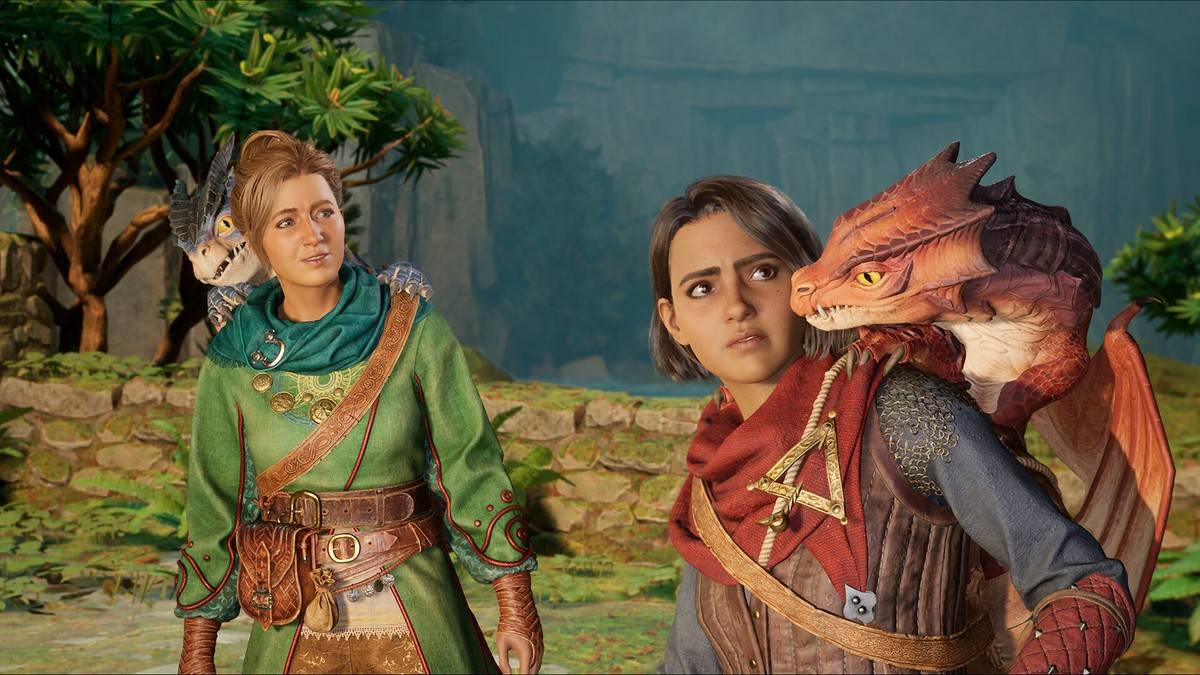After id Software's brilliant revival of Doom in 2016 and its even more refined 2020 sequel, Doom Eternal, it's challenging to imagine Doom reaching new heights. Instead, the franchise is taking a grounded approach with its medieval-themed prequel, Doom: The Dark Ages, focusing on high-speed, high-skill-ceiling first-person shooter gameplay that brings players closer to Hell's minions.
The new Doom shifts away from Eternal's platforming, emphasizing strafe-heavy combat and raw power. While the iconic weapons remain a staple, the reveal trailer showcased the innovative Skull Crusher, which uses the skulls of defeated enemies as ammunition, firing them back at foes in smaller, faster chunks. Additionally, The Dark Ages places significant emphasis on melee combat with three key weapons: the electrified gauntlet, which can be charged; the flail; and the standout Shield Saw from the reveal trailer, which can be thrown, used to block, parry, or deflect. "You're gonna stand and fight," emphasized game director Hugo Martin after a demo of the new Doom.
Martin revealed that The Dark Ages draws inspiration from three seminal works: the original Doom, Frank Miller's Batman: The Dark Knight Returns, and Zack Snyder's 300, which itself is based on a graphic novel by Miller. The modern Doom's Glory Kill system has been revamped, allowing fatalities to be executed from any angle on the battlefield, adapting to the player's position. This change accommodates the constant presence of enemy hordes, reminiscent of 300 and the original Doom, with combat arenas expanded in The Dark Ages. Players can tackle objectives in any order and explore levels freely, which Martin notes have been slightly shortened to maintain an optimal length of about an hour per level.
Addressing feedback from Doom Eternal, The Dark Ages will present its story through cutscenes rather than requiring players to read the Codex. The narrative promises to take players to the far reaches of the Doom universe, described as a "summer blockbuster event with everything on the line," as the Slayer's power becomes a coveted prize among enemies.
Martin highlighted the team's efforts to simplify the control scheme, acknowledging that Doom Eternal's controls were overly complex. The new game aims for intuitive controls, ensuring players can react swiftly under pressure without fumbling for unfamiliar buttons. Melee weapons will be equipped one at a time, similar to equipment. The game also introduces a streamlined economy with a single currency (gold) and focuses on secrets that enhance skill progression, offering tangible gameplay rewards rather than lore exploration.
Players can now customize the game's difficulty with sliders, adjusting elements like game speed and enemy aggression to tailor their experience.
Further details emerged about two standout sequences from the reveal trailer: the 30-story demon mech, Atlan, and cybernetic dragonback riding. These are not one-off events but come with their own set of abilities and minibosses, though they cannot be summoned at will. Notably, The Dark Ages will not include a multiplayer mode, as the team's focus is on crafting the best single-player campaign possible.
For someone like me, who experienced the transformative impact of the original Doom in 1993, Martin's shift from the direction taken in Eternal back to the design principles of the classic game is thrilling. "It's just gotta be different [from Eternal]," Martin stated. "Especially if I loved the game. [If] I wanna play a Doom game, I wanna feel strong, but I'm OK with changing what that power fantasy is, especially if that change brings it closer to classic Doom." This approach has me eagerly anticipating the release on May 15.















